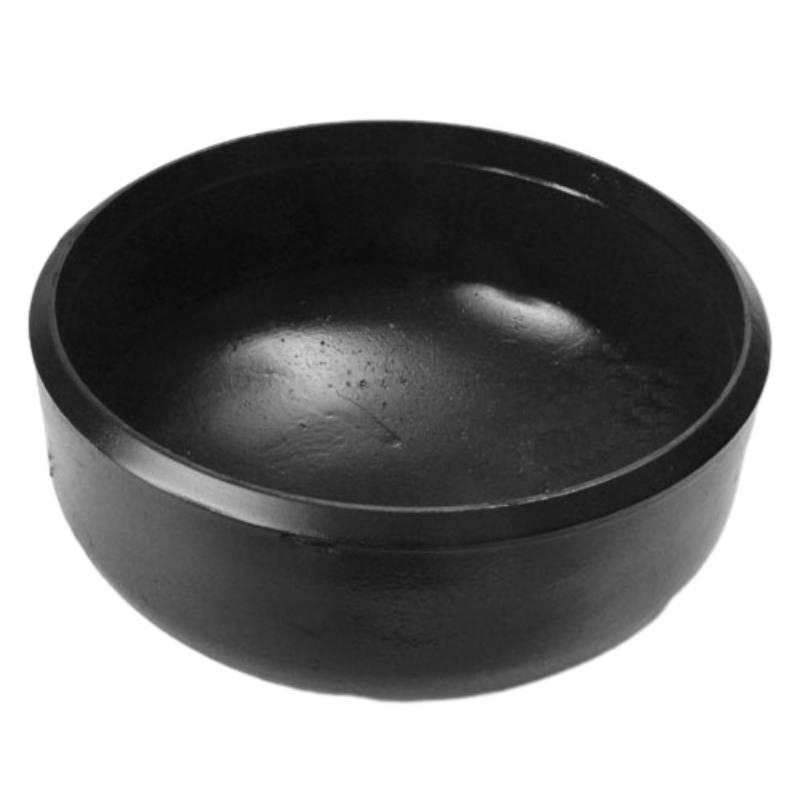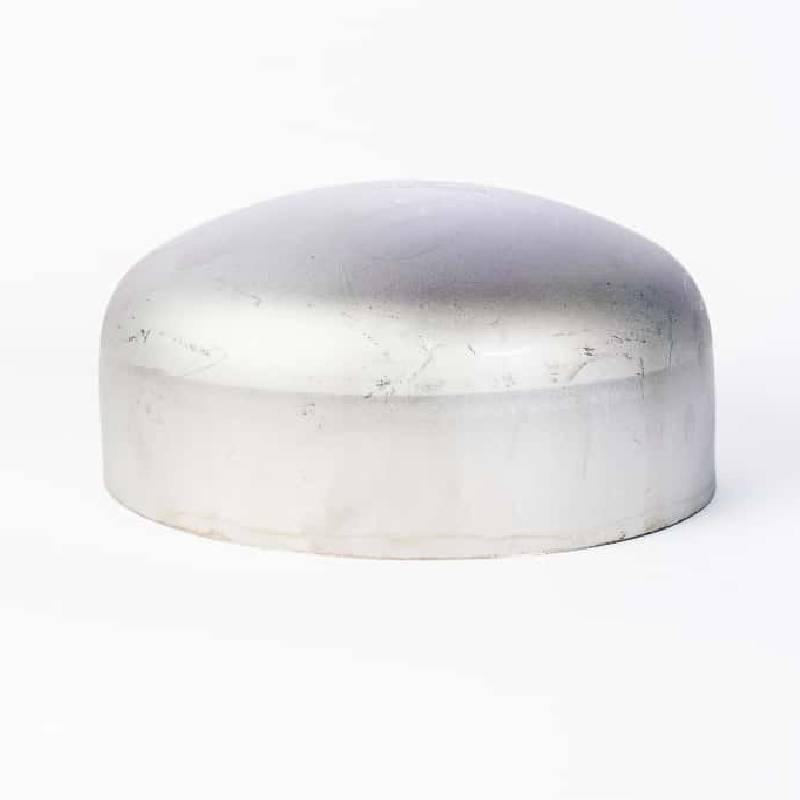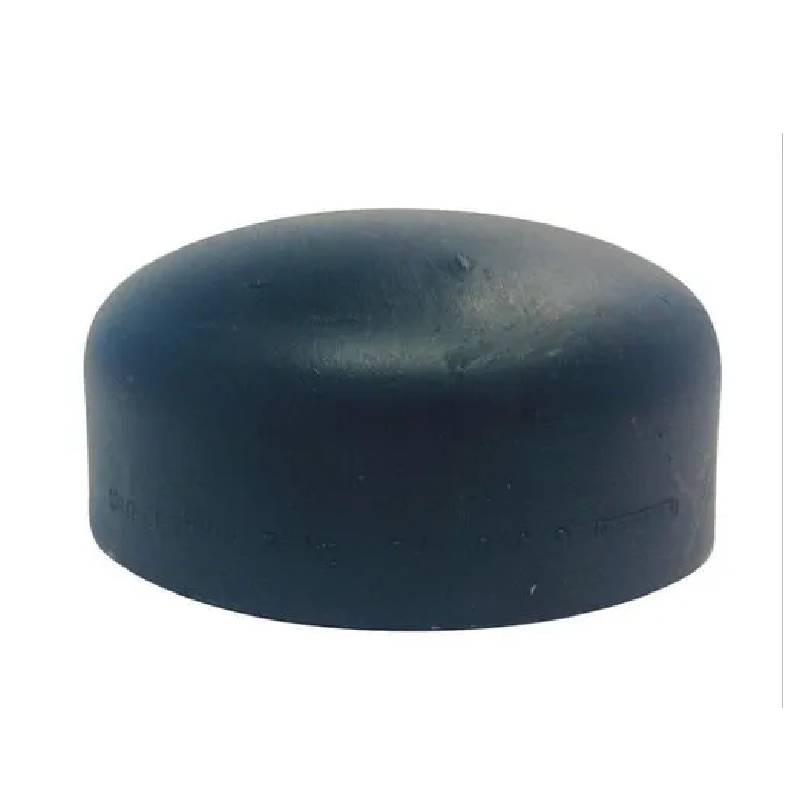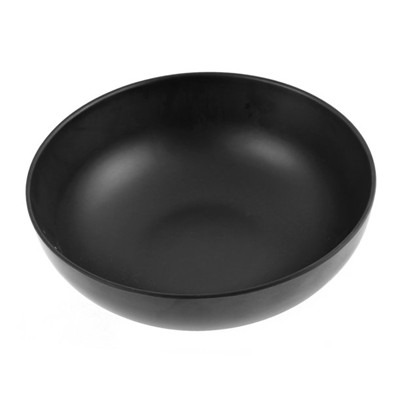-
Norma Konformeco:
ANSI/ASME B16.9 pug-veldaj ĉapoj aliĝas al la specifoj skizitaj fare de la American National Standards Institute (ANSI) kaj la American Society of Mechanical Engineers (ASME). Ĉi tiu normigado certigas unuformecon, kongruon kaj fidindecon en dezajno kaj rendimento, faciligante senjuntan integriĝon en pipaj sistemoj.
-
Pug-velda konekto:
Butt-veldaj ĉapoj estas instalitaj veldante ilin rekte sur la finon de tubo, kreante konstantan kaj fortikan ligon. La pug-velda tekniko implikas varmigi la finojn de la pipo kaj ĉapo al la frostopunkto, tiam premante ilin kune por formi metalurgian ligon. Ĉi tiu velda metodo disponigas fortan kaj likan junton, forigante la bezonon de pliaj sigelaj materialoj.
-
Sigelita Fermo:
La primara funkcio de pug-veldaj ĉapoj estas disponigi sigelitan fermon por la fino de pipoj en fajfadsistemo. Ĉi tiuj ĉapoj havas kupolan aŭ platan surfacon, kiu kovras la tubmalfermaĵon, malhelpante la eniron aŭ eliron de fluidoj aŭ gasoj. La soldata konekto certigas striktan sigelon, minimumigante la riskon de likoj kaj konservante la integrecon de la sistemo.
-
Elekto de Materialo:
Butt-veldaj ĉapoj estas haveblaj en diversaj materialoj por konveni malsamajn funkciajn kondiĉojn kaj amaskomunikilaron. Oftaj materialoj inkludas karbonŝtalon, rustorezistan ŝtalon, alojŝtalon, kaj ne-ferajn alojojn kiel ekzemple latuno aŭ kupro. La elekto de materialo dependas de faktoroj kiel temperaturo, premo, korodrezisto kaj kongruo kun la likvaĵo transportita.
-
Multflankaj Aplikoj:
ANSI/ASME B16.9 butt-veldaj ĉapoj trovas aplikojn tra diversaj industrioj, inkluzive de petrolo kaj gaso, petrolkemia, kemia prilaborado, akvopurigado kaj elektroproduktado. Ili estas uzataj por sigeli la finojn de duktoj, ŝipoj, tankoj kaj ekipaĵoj, provizante protekton kontraŭ poluado, korodo kaj mediaj danĝeroj.
-
Agordaj Opcioj:
Dum butt-veldaj ĉapoj aliĝas al normaj dimensioj kaj specifoj, personigaj elektoj estas disponeblaj por plenumi specifajn projektajn postulojn. Tio povas inkludi variojn en ĉapograndeco, dikeco, materiala grado kaj surfaca finpoluro. Personigitaj ĉapoj povas esti adaptitaj por konveni unikajn fajfajn agordojn kaj alĝustigi specialajn kondiĉojn aŭ operaciajn mediojn.
Buttweld Fittings Manufacturing Process
The manufacturing of buttweld fittings primarily involves two methods: cold drawing and hot forming.
The general steps in the process are as follows:
1. Material Preparation
The initial stage involves sourcing and preparing the raw materials needed for production.
2. Cutting
Pipes or plates are cut into specified shapes or lengths as per requirements.
3. Forming
The materials are shaped into various configurations, such as buttweld pipe caps, 90-degree elbows, and reducing tees. Cold drawn products are formed directly into their designated shapes using hammers, mechanical presses, or upsetters. In contrast, the hot forming process begins with heating the material, followed by shaping it.
4. Heat Treatment
This process entails heating and cooling the metals to alter their microstructure, enhancing both physical and mechanical properties to achieve the desired characteristics.
5. Machining
Sharp cutting tools are employed in this stage to refine shapes and prepare the ends of the fittings.
6. Inspection and Testing
The products undergo a thorough inspection in accordance with relevant standards, checking dimensions, material quality, and appearance.
7. Coating (if required)
Finally, a coating may be applied as necessary to meet specific requirements.
Butt Weld Pipe Cap FAQs
-
What materials are the butt weld pipe caps made from?
- Our butt weld pipe caps are crafted from high-quality materials including carbon steel, stainless steel, and alloy steel. This selection ensures durability and resistance to corrosion, making them suitable for a wide range of applications in various industries such as oil and gas, water supply, and construction.
-
What sizes are available for the butt weld pipe caps?
- We offer a comprehensive range of sizes for our butt weld pipe caps, from small diameters to large fittings, accommodating various pipe sizes. Please refer to the product listing for specific dimensions or contact our customer support for assistance in selecting the appropriate size for your project needs.
-
Are these butt-weld pipe caps suitable for high-pressure applications?
- Yes, our butt weld pipe caps are designed to support high-pressure applications. They meet industry standards and specifications, providing a secure and leak-proof seal that can withstand significant pressure levels. Be sure to check the specifications to ensure compatibility with your particular system requirements.
-
How do I install the butt weld pipe caps?
- Installing butt weld pipe caps requires welding them directly to the pipe for a strong, permanent connection. We recommend using qualified welders and following proper welding procedures to ensure a secure fit and maintain the integrity of the piping system. For detailed installation guidelines, please consult the accompanying technical documentation.
-
Can these butt-weld pipe caps be used in outdoor applications?
Absolutely! Our butt weld pipe caps are suitable for both indoor and outdoor applications. They are built to withstand environmental factors, making them ideal for exterior installations. For prolonged exposure to harsh conditions, we recommend our stainless steel options for enhanced resistance to corrosion.
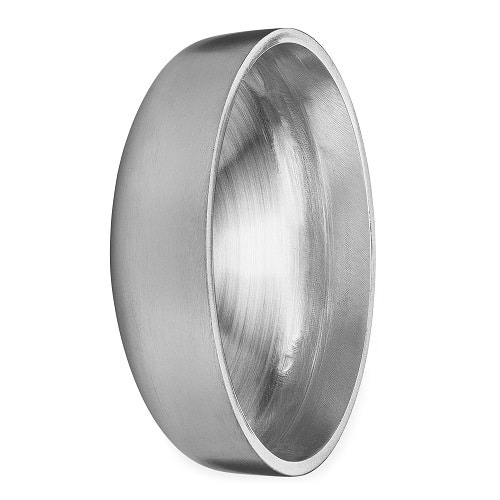
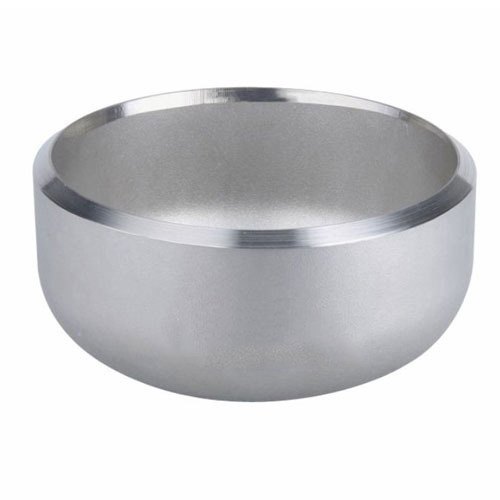
ANSI/ASME B16.9 pugoveldaj ĉapoj estas kritikaj komponantoj en industriaj tubaj sistemoj, provizante sekuran kaj likan fermaĵon por pipaj finaĵoj. Ilia konformeco al ANSI kaj ASME-normoj, pugovelda konekto, sigelaj kapabloj kaj ĉiuflankeco igas ilin nemalhaveblaj en diversaj aplikoj tra industrioj. Kun pugveldaj ĉapoj, inĝenieroj kaj funkciigistoj povas certigi la integrecon, sekurecon kaj efikecon de siaj tubaj sistemoj, kontribuante al glataj kaj senpagaj operacioj.







